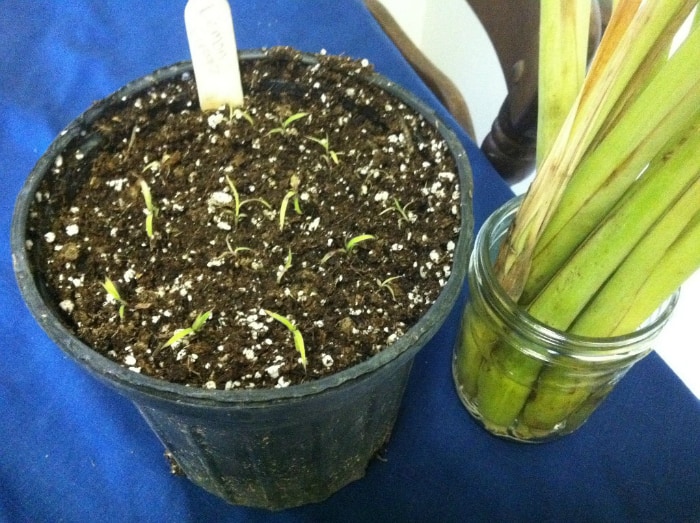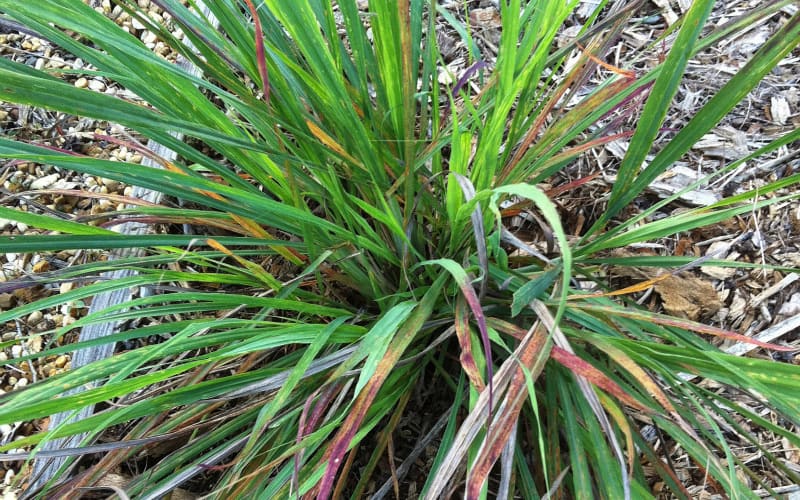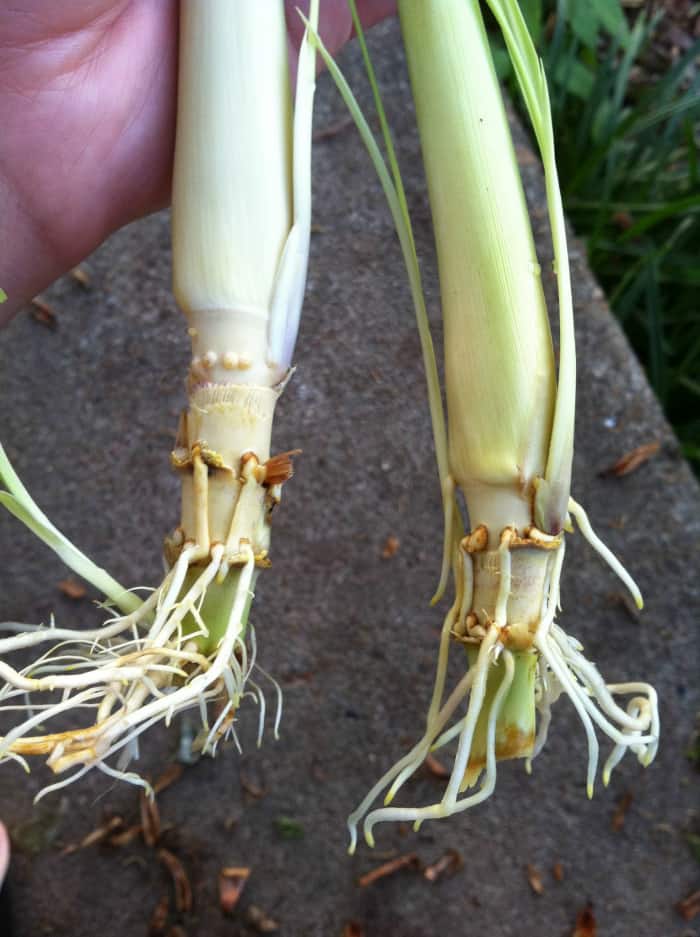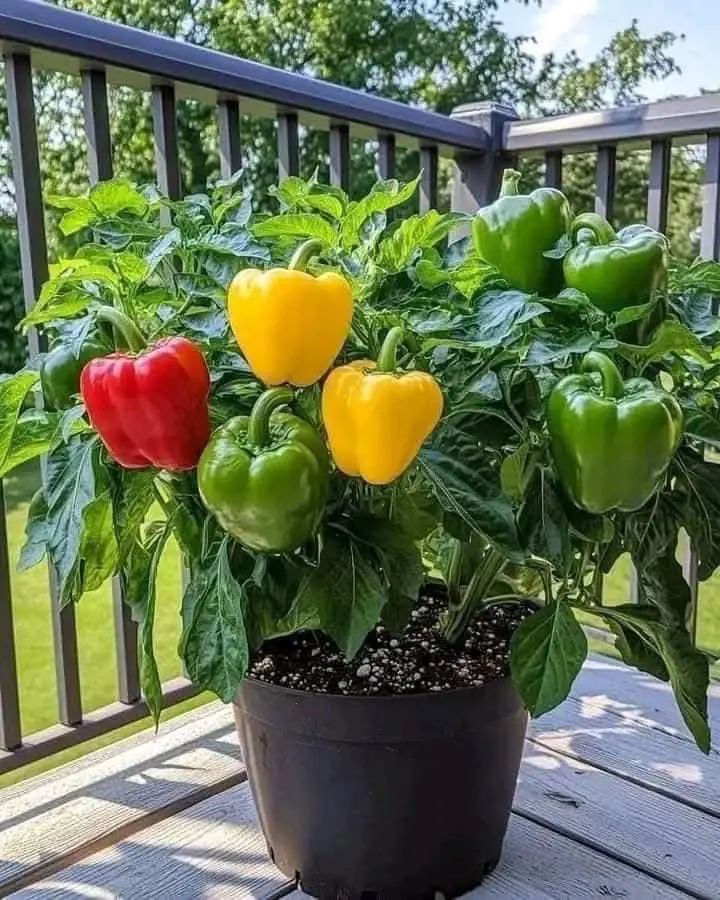
Secrets to growing lemongrass at home – easy to do, suitable for beginners
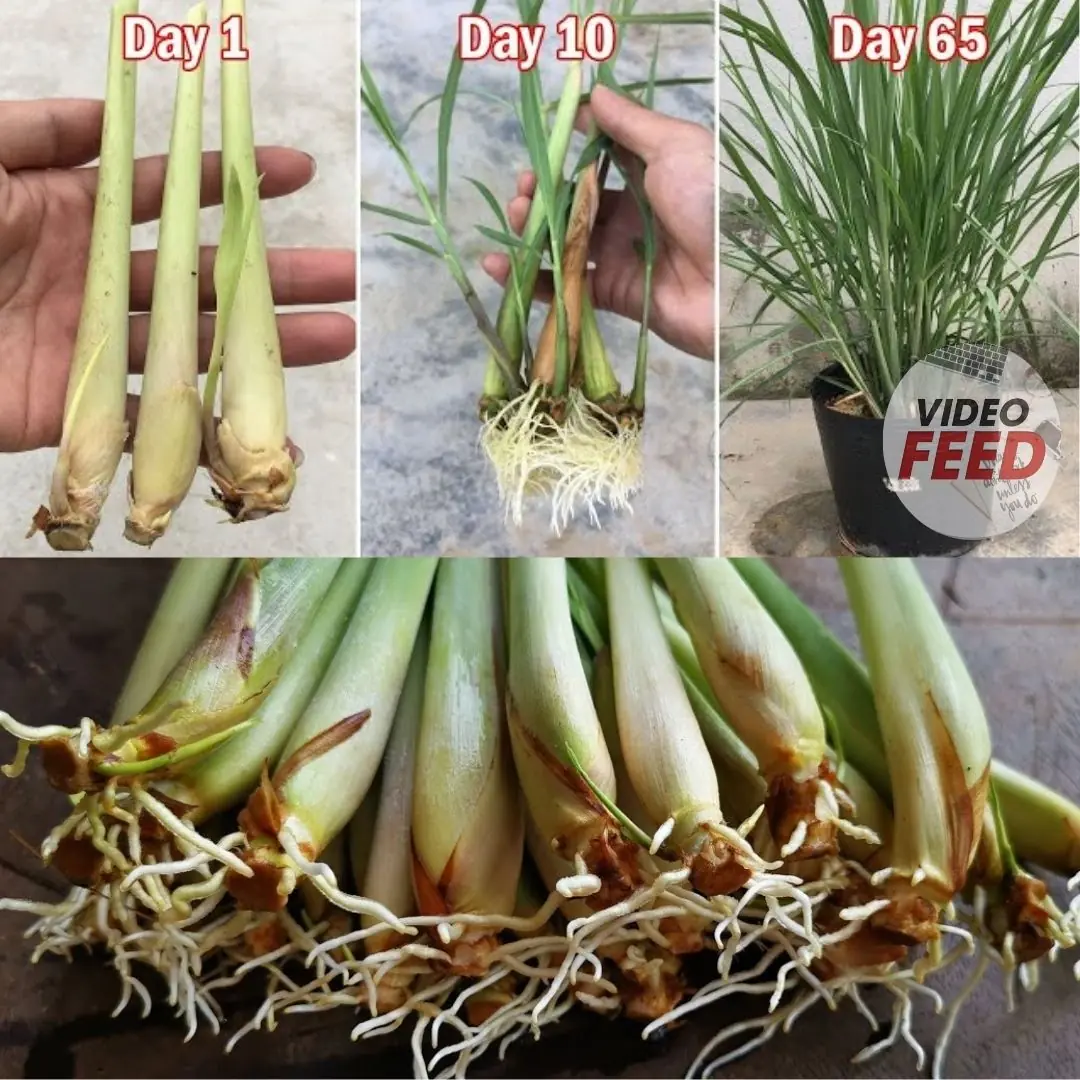
I first came across lemongrass while visiting a farmer’s market in Florida while we were traveling.
The little old man handed me a bunch of lemongrass stalks and said, “You put those in water and they grow again.” He picked up another stalk and showed me how to chop it and use the inner part of the lemongrass. It smelled amazing when he chopped it up, and I bought a couple of bunches of lemongrass.
Since then, I’ve used lemongrass to add a “what is that!” element to rice; to add a light, slightly spicy lemony flavor to smoothies (not to mention all its purported healing properties); and in all sorts of variations of stir-fries and soups.
As the old man promised, when I stuck the ends of the lemongrass in a jar of water, they did begin to sprout roots. I’ve moved twice since that time, and haven’t been able to take my potted plants across the borders of the new states we’ve moved to, so I’ve regrown lemongrass both from stalks found in oriental shops and from seed.
Growing lemongrass isn’t that hard. Once you get a thriving bunch established, you’ll have more lemongrass than you know what to do with.
How to Grow Lemongrass
Lemongrass is a sub-tropical plant and it can’t handle hard freezing temperatures. If you live anywhere colder than about a zone 9a, you’ll want to grow your lemongrass in a pot, and bring it indoors for the winter. And even then, you might want to bring it in, just in case you get an unexpected temperature drop (the weather seems to be doing all sorts of funny things these days).
Here’s a potting soil recipe that works great.
Grow your lemongrass in full sun, with plenty of water, in a rich, well-draining soil. If you’re growing it in a pot, top-dress it with compost or worm castings every couple of weeks, to make sure it’s getting plenty of nutrients.
Lemongrass will naturally propagate itself, once it is established. Small stalks of new plants will begin to grow off the side of existing stalks (see picture below).
There are a handful of different varieties of lemongrass, though a lot of times, it’s not specified which variety you’re purchasing, whether in seed form or in stalks. I’ve grown at least two different varieties of lemongrass, though I don’t know what they’re called. I only know they were different because one had red streaks along the lower half of the leaves, and the other one didn’t.
True Leaf Market has a great variety of lemongrass seeds available. Additionally, learn where to find heirloom seeds for your garden here.
Lemongrass will germinate within a week or two, and if our experience is typical, the seed has a high germination rate. Keep the seeds moist and in a warm spot until they germinate. Transplant them to a pot (these planter tubs would be a great option) when they’re about six inches tall, spacing them about 2-3 inches apart, and making sure they’ll have plenty of space for good root growth.
If you want to root your own lemongrass from stalks bought in a store or at a farmer’s market, simply place them in a jar with an inch or two of water, and let them sit until the roots begin to grow. Be sure to change out the water every couple of days. Once you begin to see new leaves growing, you’ll know that the lemongrass has enough roots and you can plant them in a pot.
To harvest a stalk of lemongrass, grasp firmly near the base of the stem and pull. The inner, white core is what is used in cooking, though the leaves can also be used to make a light, lemony tea.
Remove the outer green leaves and finely chop or grate the lemongrass. When I use it to flavor plain rice, I put the chopped lemongrass in a kitchen muslin bag and sink it in the water the rice is cooking in. Once the rice is done, I simply remove the bag.
• Know More About the Medicinal Benefits of the Lemon Grass Plant
As a medicinal plant with unparalleled aromatic properties, the Lemon Grass plant is known for the various benefits it brings. Here are a few medicinal benefits you must know about:
1. Anti-Inflammatory Properties

Lemongrass is said to reduce inflammation and help alleviate conditions like arthritis and inflammatory bowel disease.
2. Antifungal and Antibacterial
It is also said to have properties that help fights infections by inhibiting the growth of bacteria and fungi in the body.
3. Digestive Health
Lemongrass aids in digestion, alleviating issues such as bloating, constipation, and indigestion.
4. Detoxification
This medicinal plant often acts as a natural diuretic, promoting detoxification and healthy liver function.
5. Antioxidant Properties
Lemongrass contains antioxidants that effectively protect the body's cells from damage and support overall health in the long-run
6. Stress Relief

As mentioned earlier, Lemongrass extracts are used in aromatherapy to reduce anxiety, stress, and improve mood.
7. Pain Relief
Lemongrass is known to ease muscle pain and headaches when applied topically as an essential oil.
• Uses of the Lemon Grass Plant
As a medicinal and aromatic plant, the Lemon Grass plant finds uses in different cultures for various reason. So, here are some common uses of Lemongrass you must know:
1. Cooking
Lemongrass is commonly used in cooking to add a fresh, citrusy flavor to dishes. It is used in soups, curries, and marinades in Thai, Vietnamese, and Indian cuisines, often finely chopped or crushed to release its aromatic oils.
2. Tea

Lemon Grass plant is used in teas by steeping its fresh or dried stalks in hot water, creating a soothing, citrus-flavored beverage. It is often combined with other herbs or spices for enhanced flavor and health benefits, including digestion and stress relief.
3. Essential Oils
Lemongrass essential oil is used in aromatherapy to reduce stress and anxiety. It’s also applied topically in diluted form to improve skin health, and relieve muscle pain. Additionally, it’s a popular ingredient in natural cleaning products.
4. Insect Repellent
Lemongrass is used as an insect repellent due to its strong citrus scent, which deters mosquitoes and other pests. It can be applied as an essential oil, grown in gardens, or used in candles and sprays to keep insects at bay.
• Lemon Grass Plant Care: Basics to Know
While this medicinal plant is pretty low maintenance, there are still some care requirements that it needs met in order to thrive and allow you to reap all its benefits once mature. So, here are a few Lemon Grass growing tips to keep in mind:
1. Lemon Grass Light Requirements

Lemongrass plants thrive in full sun. So, you must ensure that they receive at least 6-8 hours of direct sunlight daily. If you are growing Lemon Grass in pots indoors, place them near a south-facing window where they can get ample sunlight throughout the day.
2. Soil for Lemongrass
Lemon Grass plants prefer well-draining, fertile soil with a pH range of 6.0 to 7.5. To ensure good soil that promotes the best growth, you can enrich the soil with organic matter such as compost or Cow Manure to ensure it retains moisture without becoming waterlogged. Additionally, you can also make use of Perlite to enhance drainage and aeration.
3. Watering
Keep the soil consistently moist but not waterlogged. Water your plant regularly, especially during hot, dry periods. When growing lemon grass in pots, ensure proper drainage to prevent root rot. For this, you must always choose pots with adequate drainage holes that will allow all excess water to drain out.
Ideally, you must water this plant only once a week to ensure optimal overall growth.
4. Temperature and Humidity

Lemongrass is a tropical plant that thrives in warm temperatures between 21-29°C. Additionally, it also requires higher humidity. So, mist your plant occasionally if you live in a dry climate.
5. Fertilizing Lemon Grass
Feed your Lemon Grass plant with a balanced, water-soluble fertilizer every 2-3 months during its growing periods. If you're unable to keep up with the schedule of using a liquid fertilizer for your plant, you can also make use of Ugaoo's Plant Food Fertilizer Sticks. These stay in your potted plant's soil and give a slow release of all essential nutrients every time you water your plant.
6. Harvesting
Harvest Lemon Grass plants when the stalks are at least 1/2 inch thick. Cut the stalks close to the ground and use the lower, white part for cooking.
With the right kind of care and love, you can grow your own Lemon Grass plant in your home garden and reap all its benefits for yourself and your loved ones. So, get your own and watch the magic happen! Happy Gardening!
News in the same category

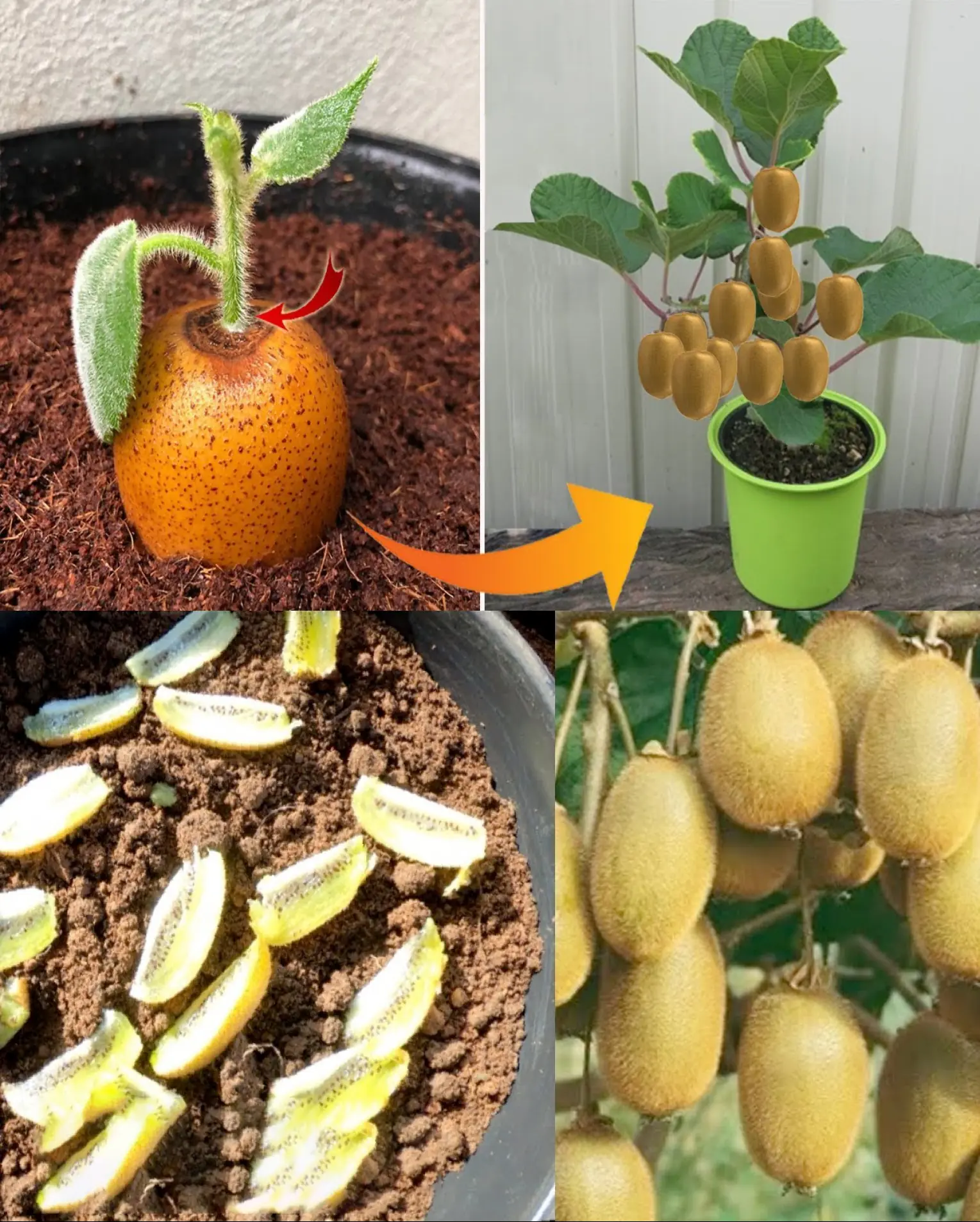
How to Grow Kiwi in Containers at Home
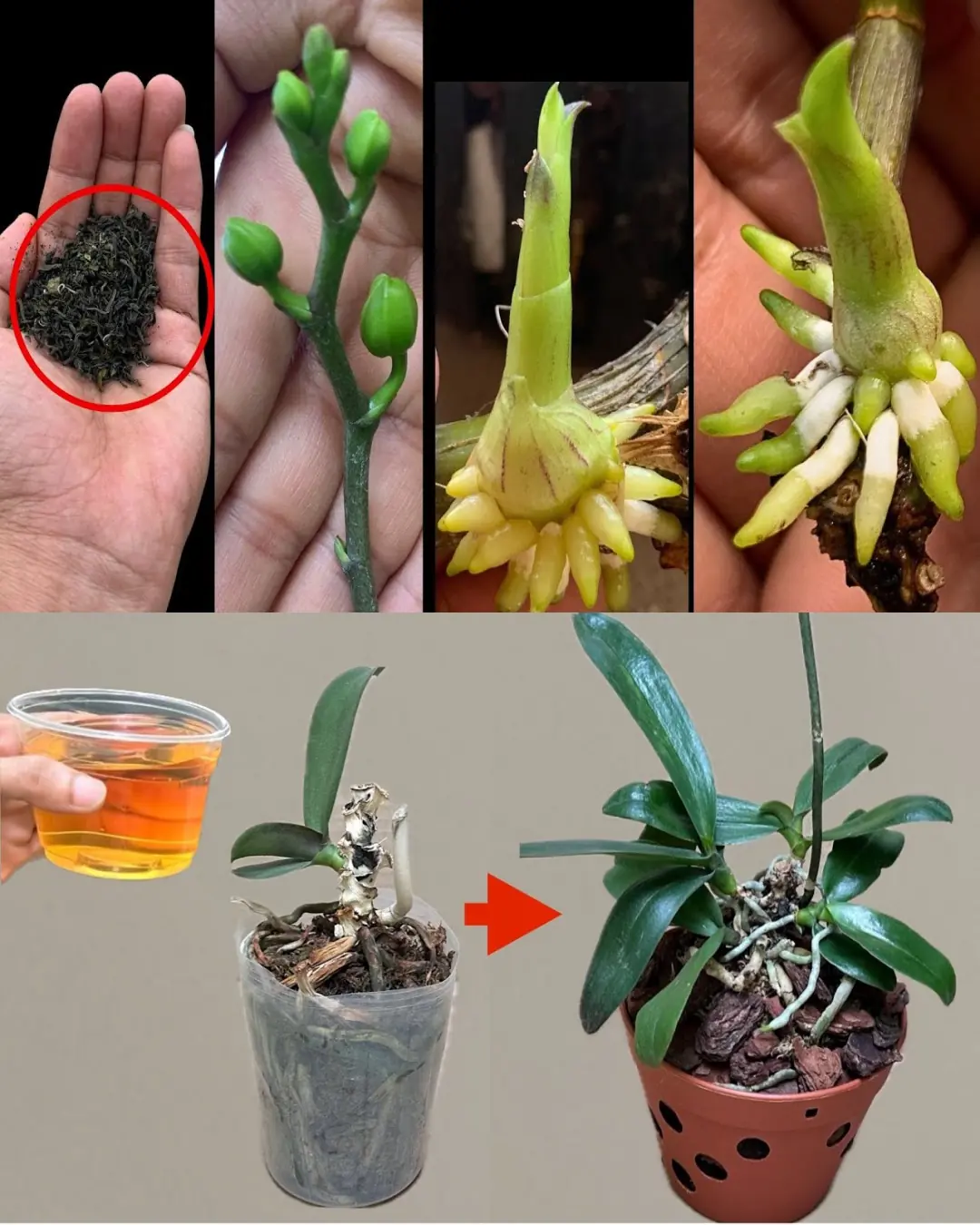
Revitalizing Orchids Using Tea: A Comprehensive Guide with Handy Tips
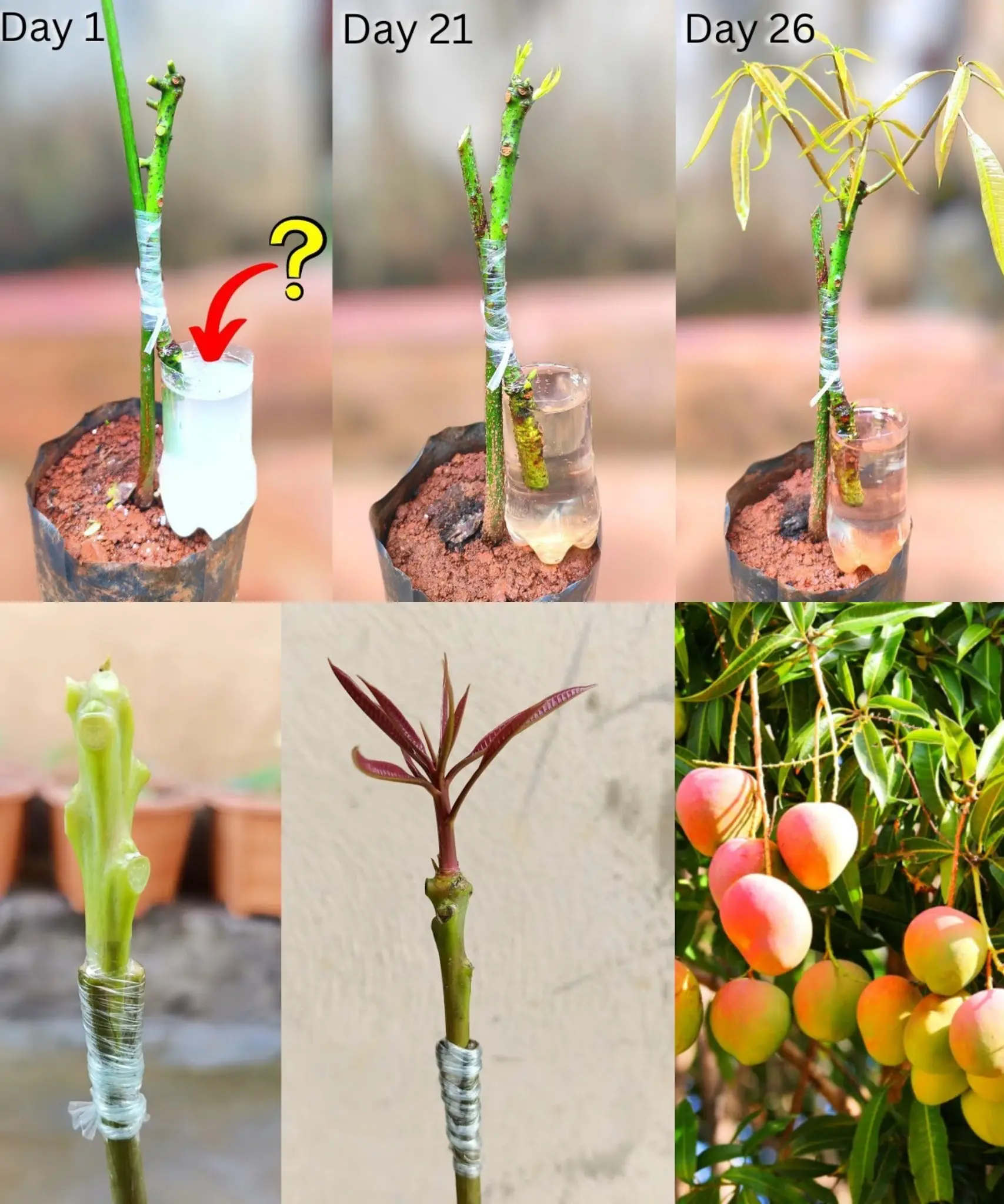
How to Plant a Mango Seed and Successfully Grow
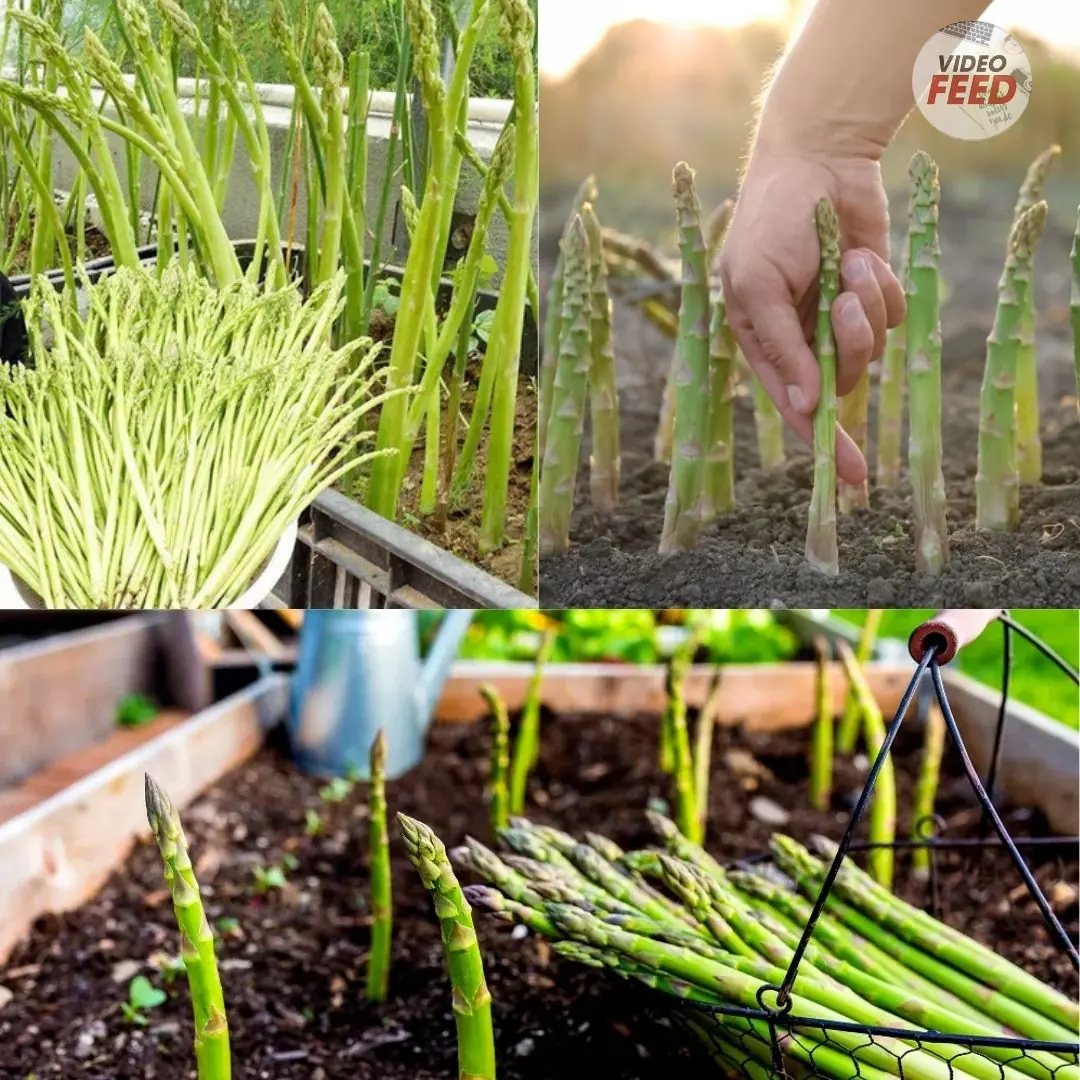
Grow Your Own Asparagus Plants
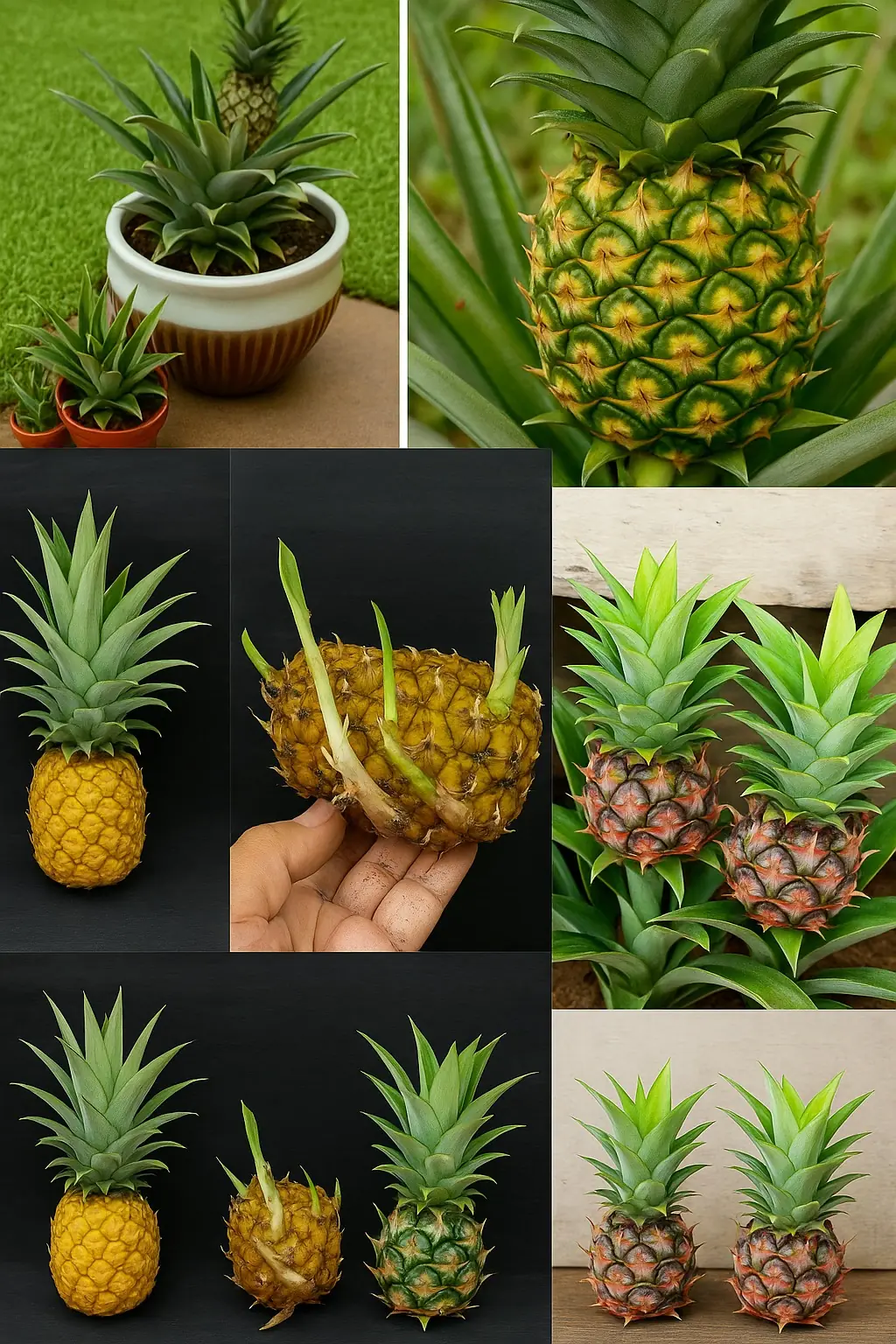
How to Grow a Pineapple at Home: Simple and Fast
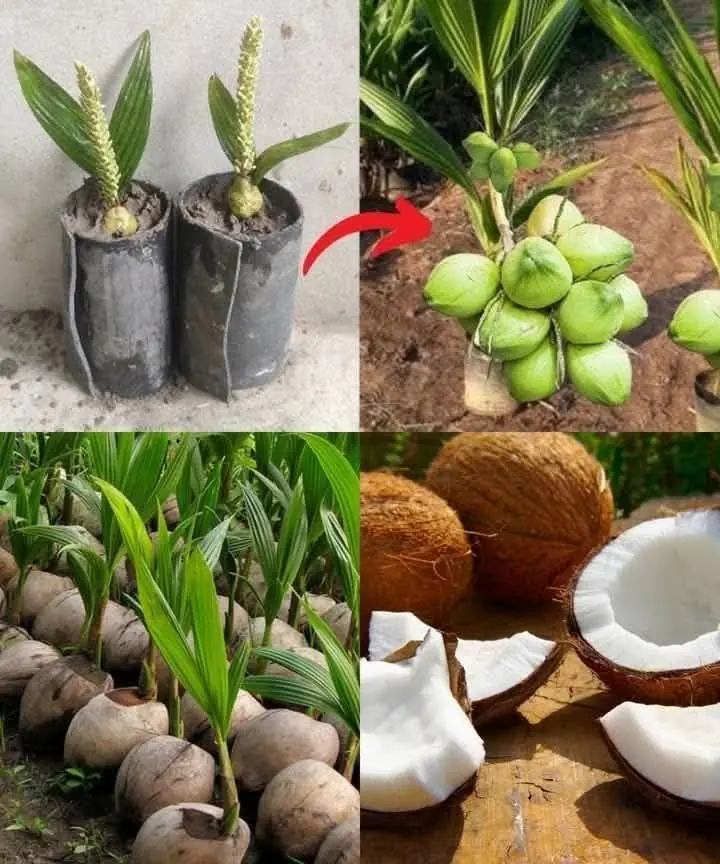
How To Grow Coconut Tree From Coconut Fruit
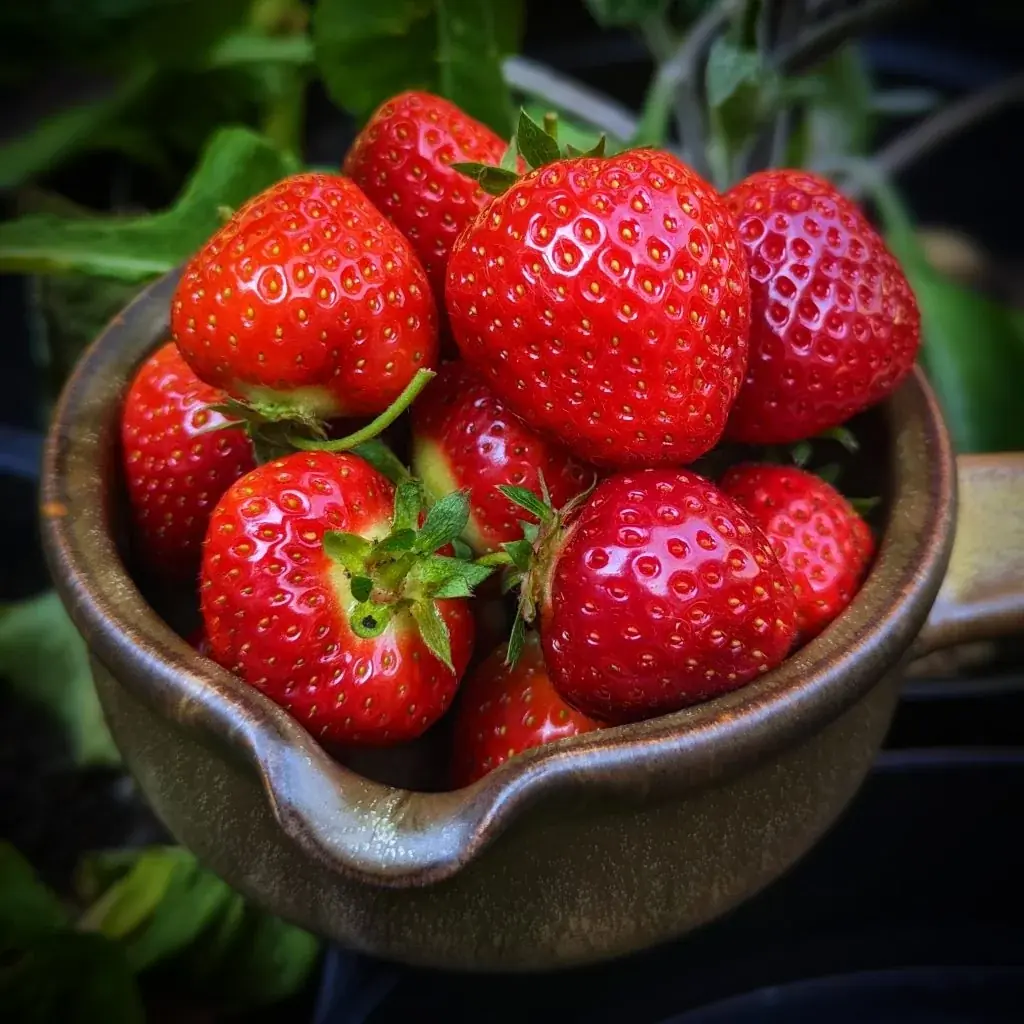
How To Grow Strawberries From Seed
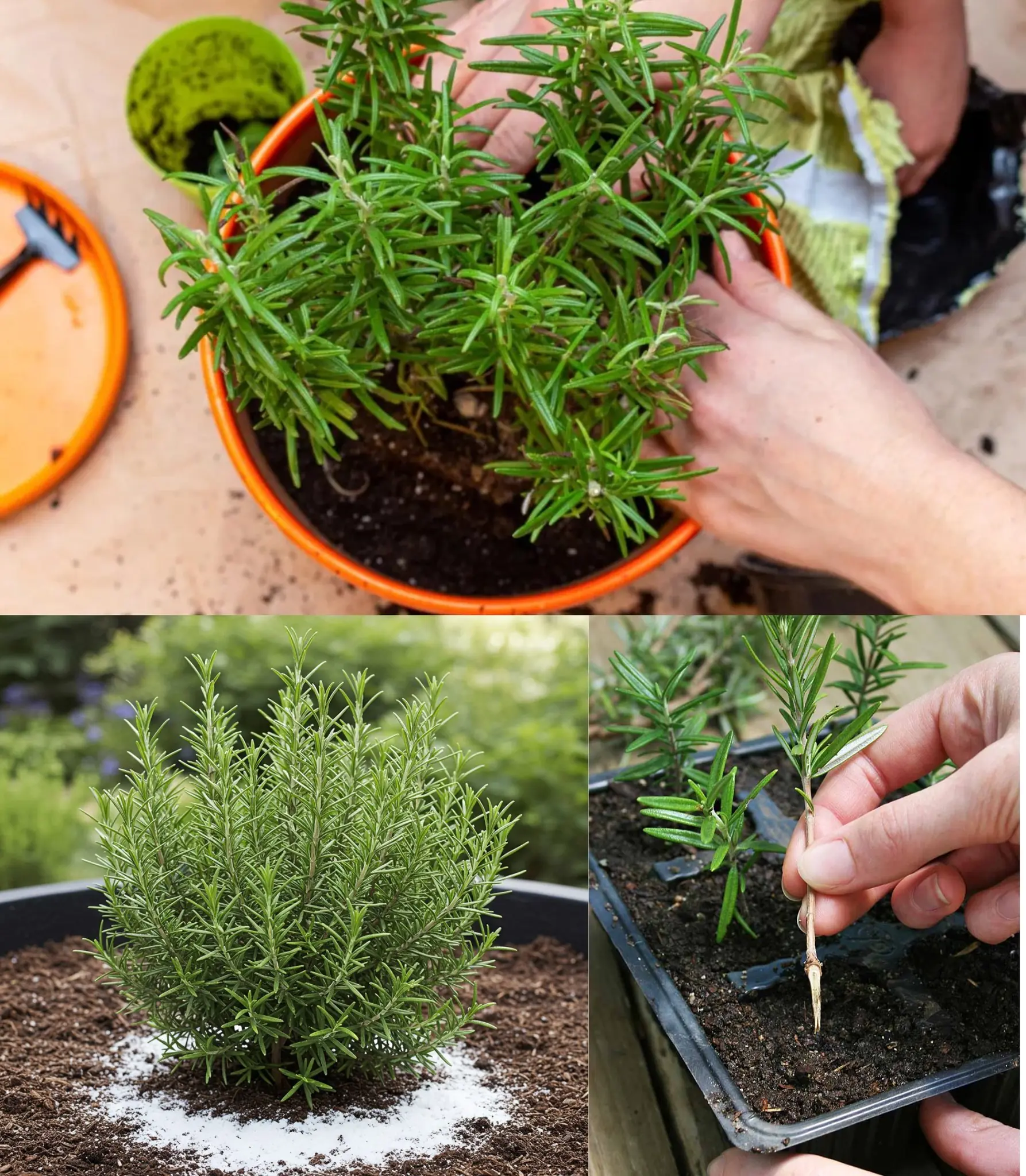
Rosemary Never Dries Again – Here’s the Gardener’s Trick!
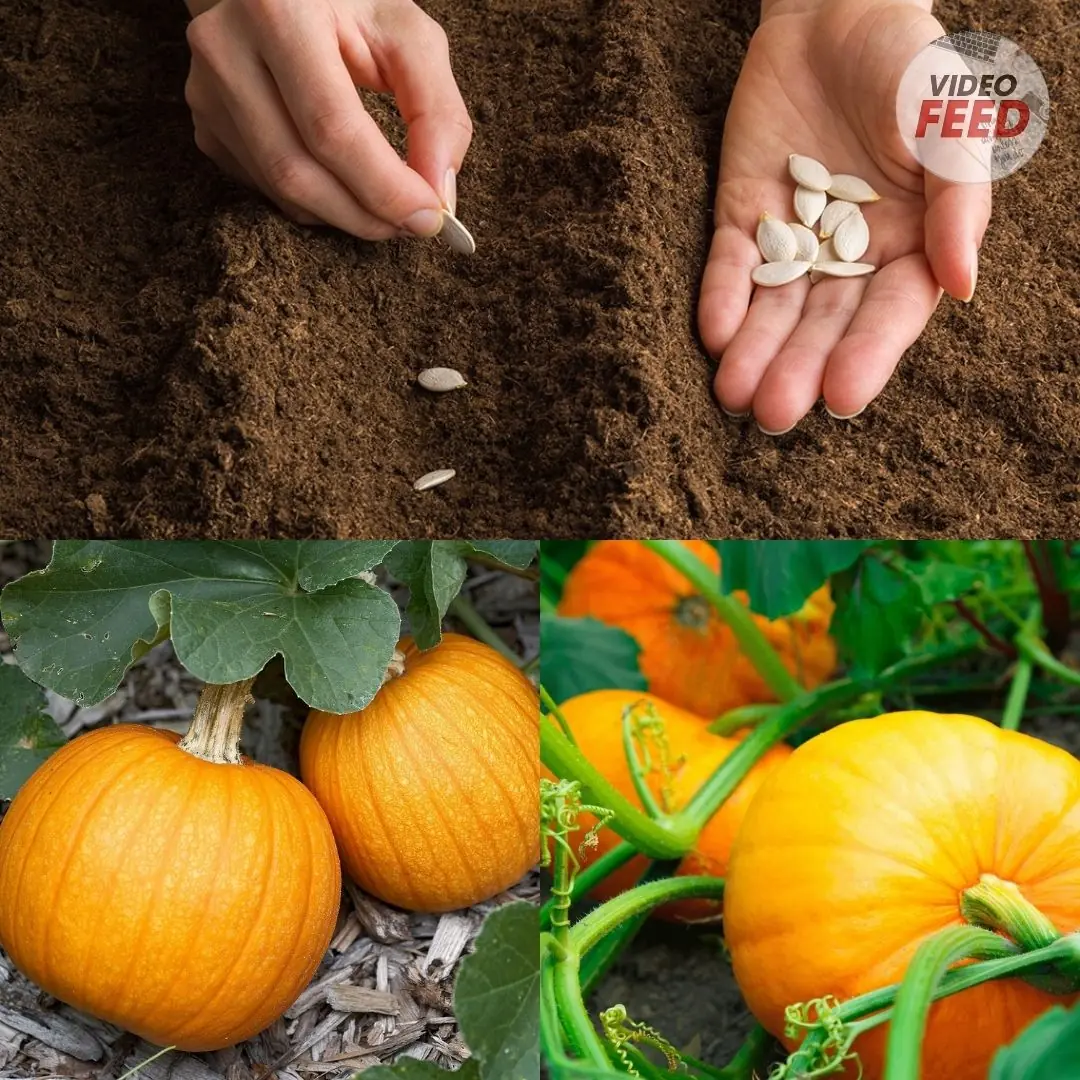
How to Grow Pumpkins in Your Home Garden
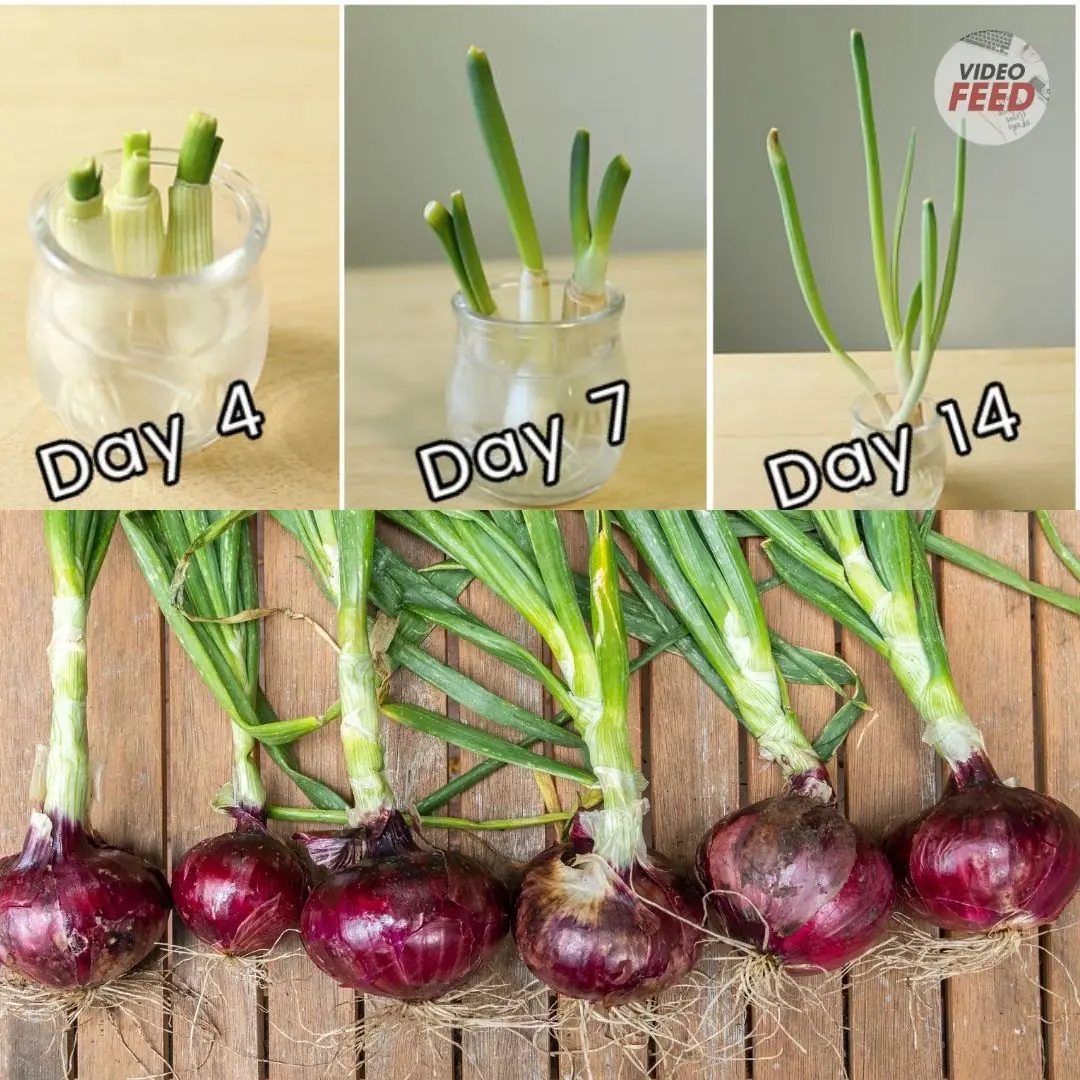
How to Grow and Care for Red Onions in the Garden
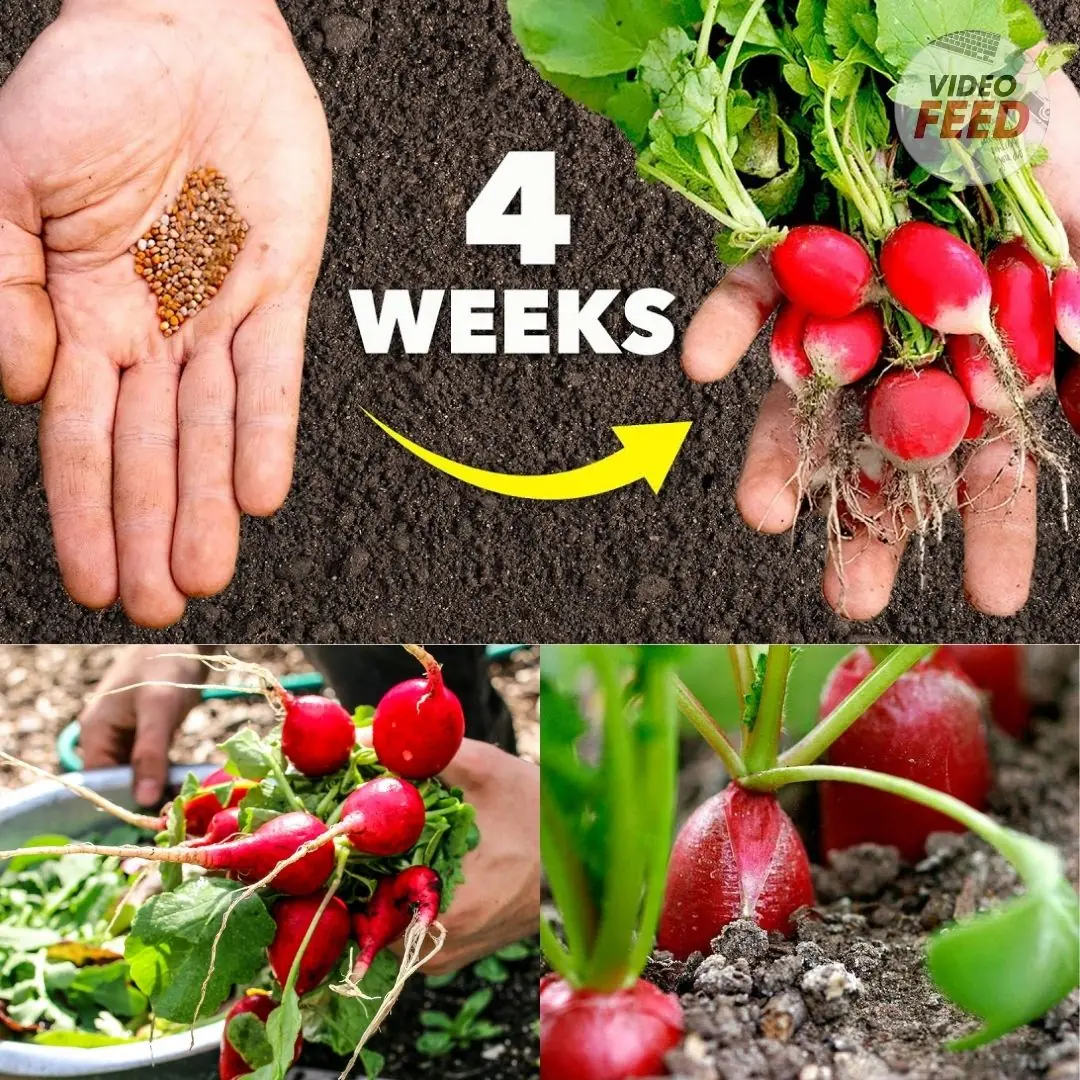
6 Easy Steps to Plant Radish Seeds in an Organic Kitchen Garden
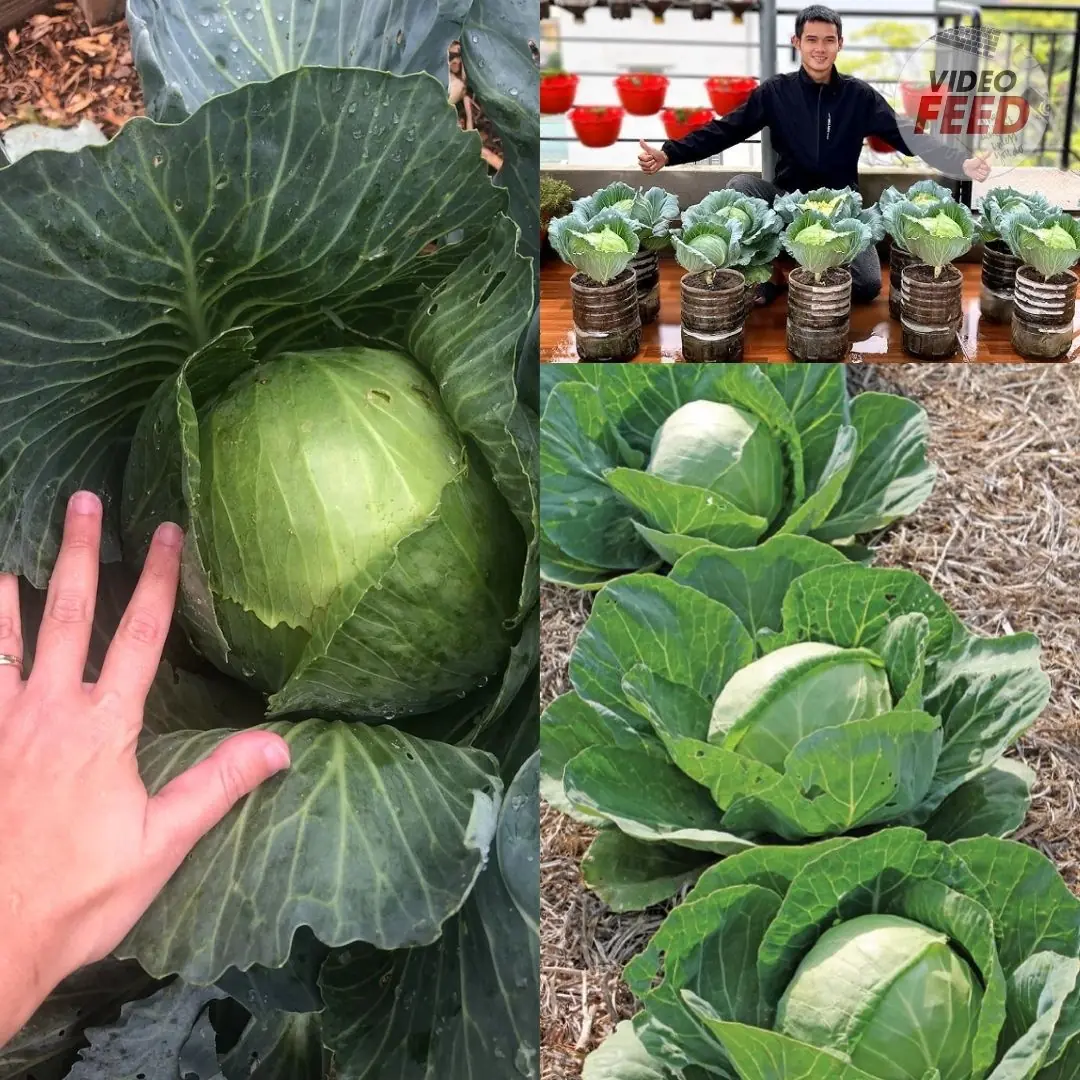
How to Grow Cabbage: 10 Tips for a Successful Harvest
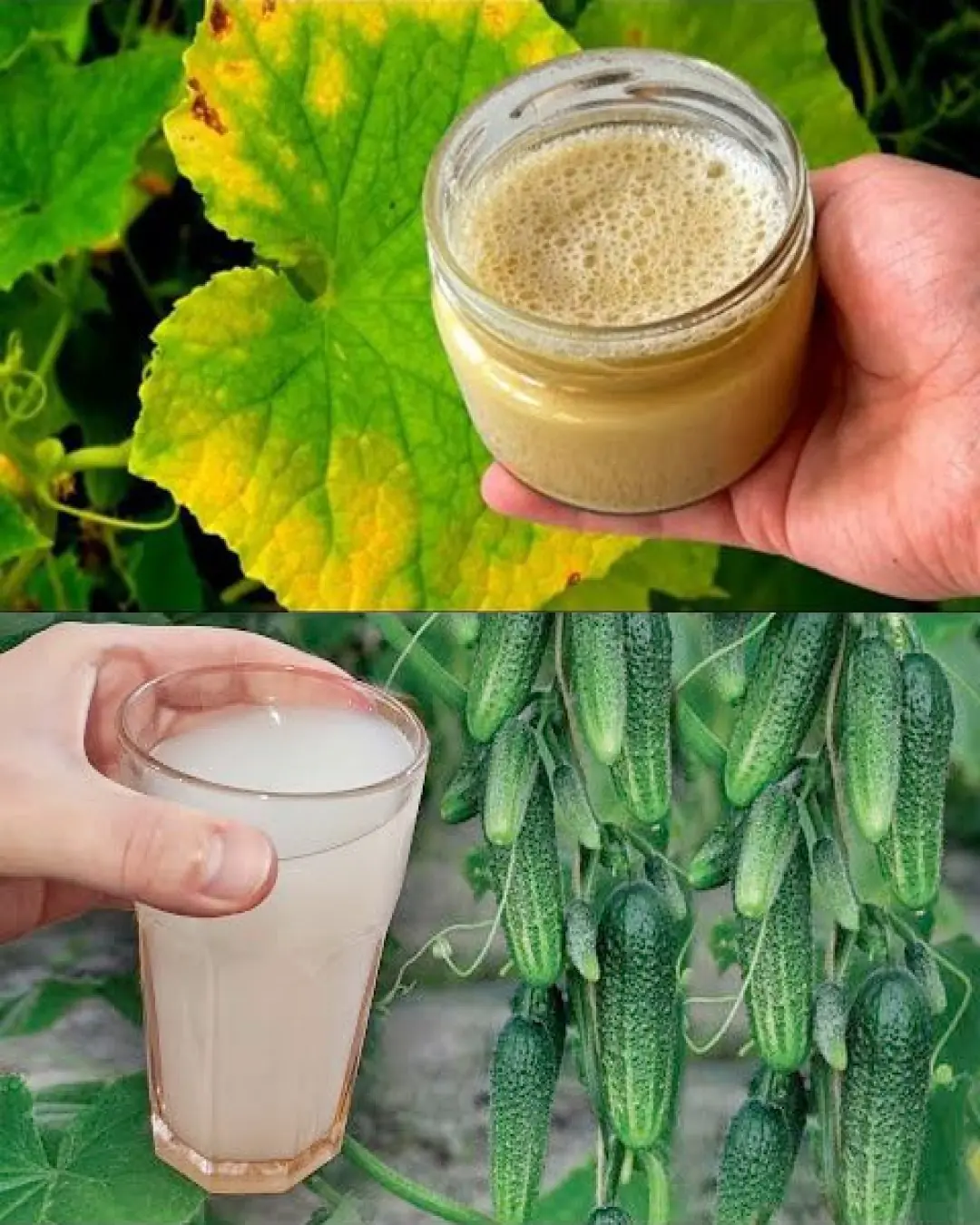
The Power of Yeast: A Natural Booster for Growing Tomatoes, Peppers, and Cucumbers
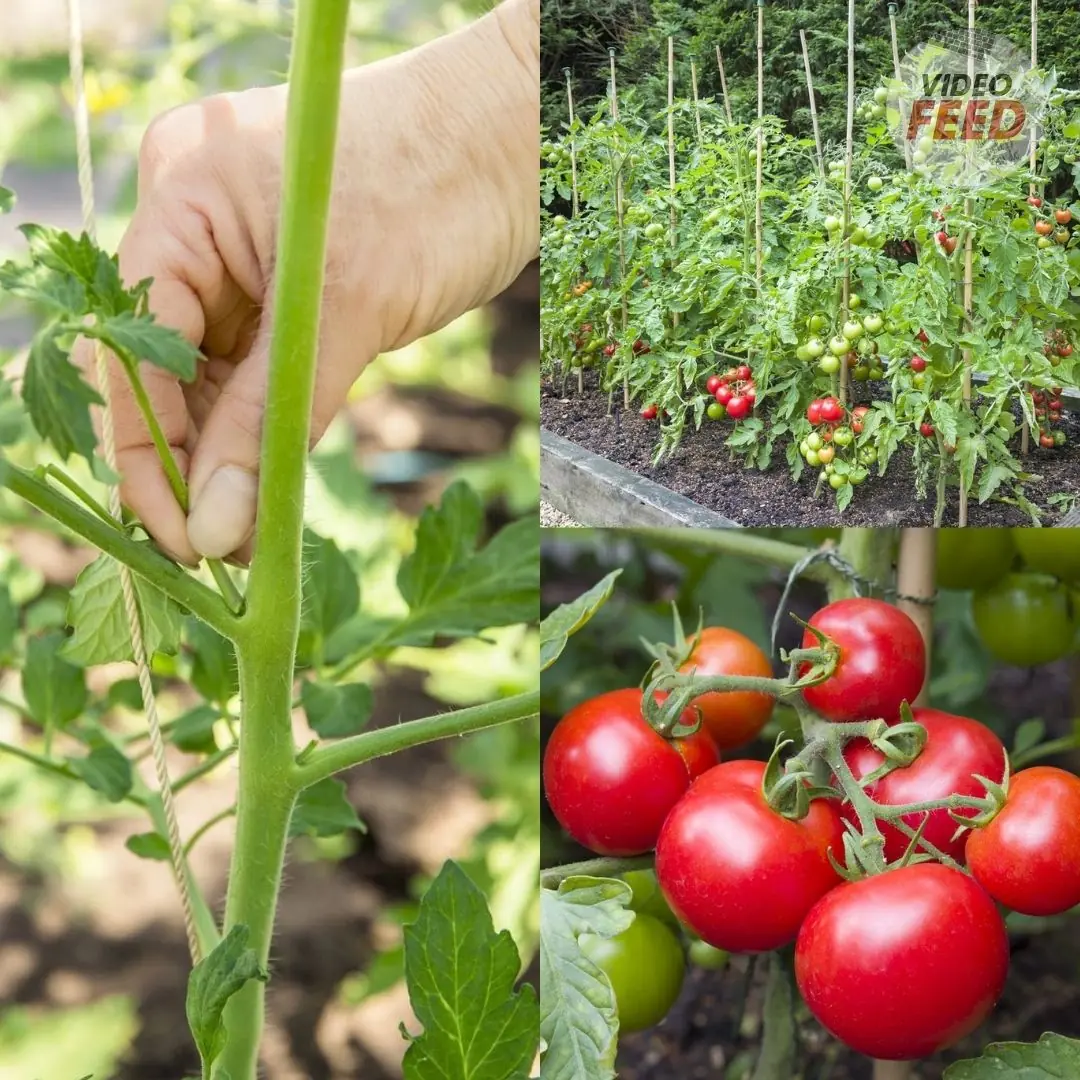
The 8 Biggest Tomato Growing Mistakes, According to Experts
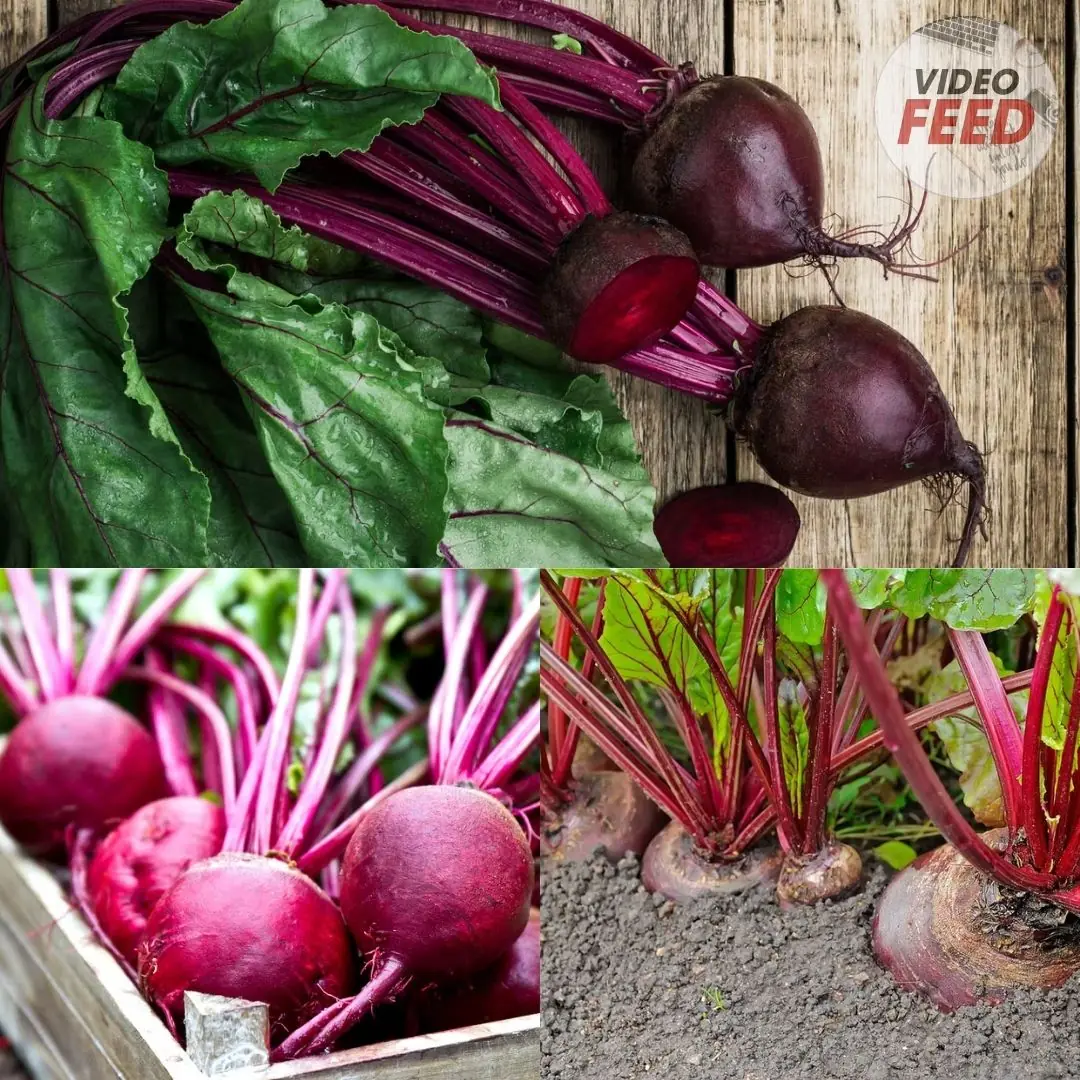
How to Grow Beets This Fall for a Hearty Autumn Harvest
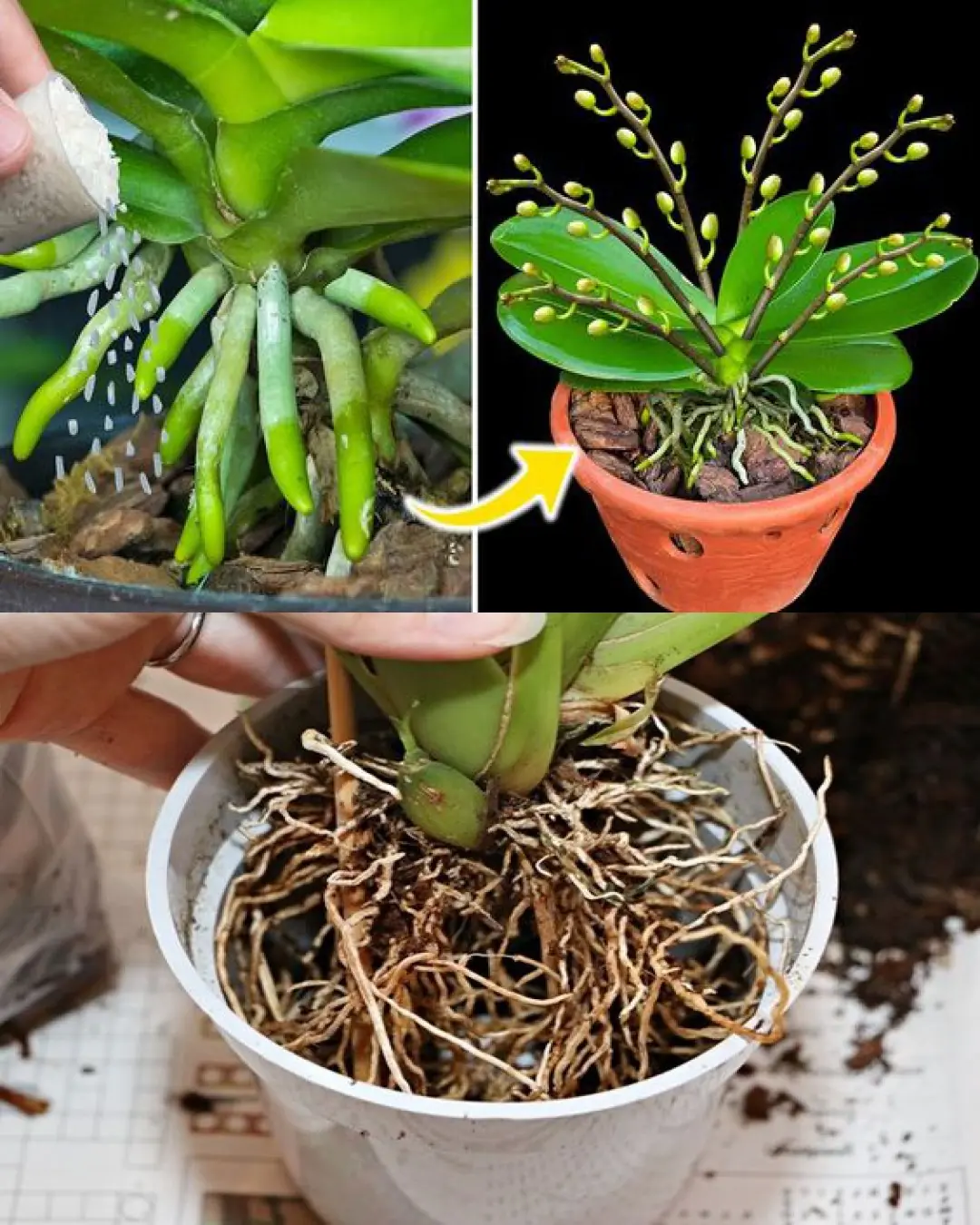
Deciphering Orchid Roots: Reasons They Extend Beyond Pots and Recommended Actions
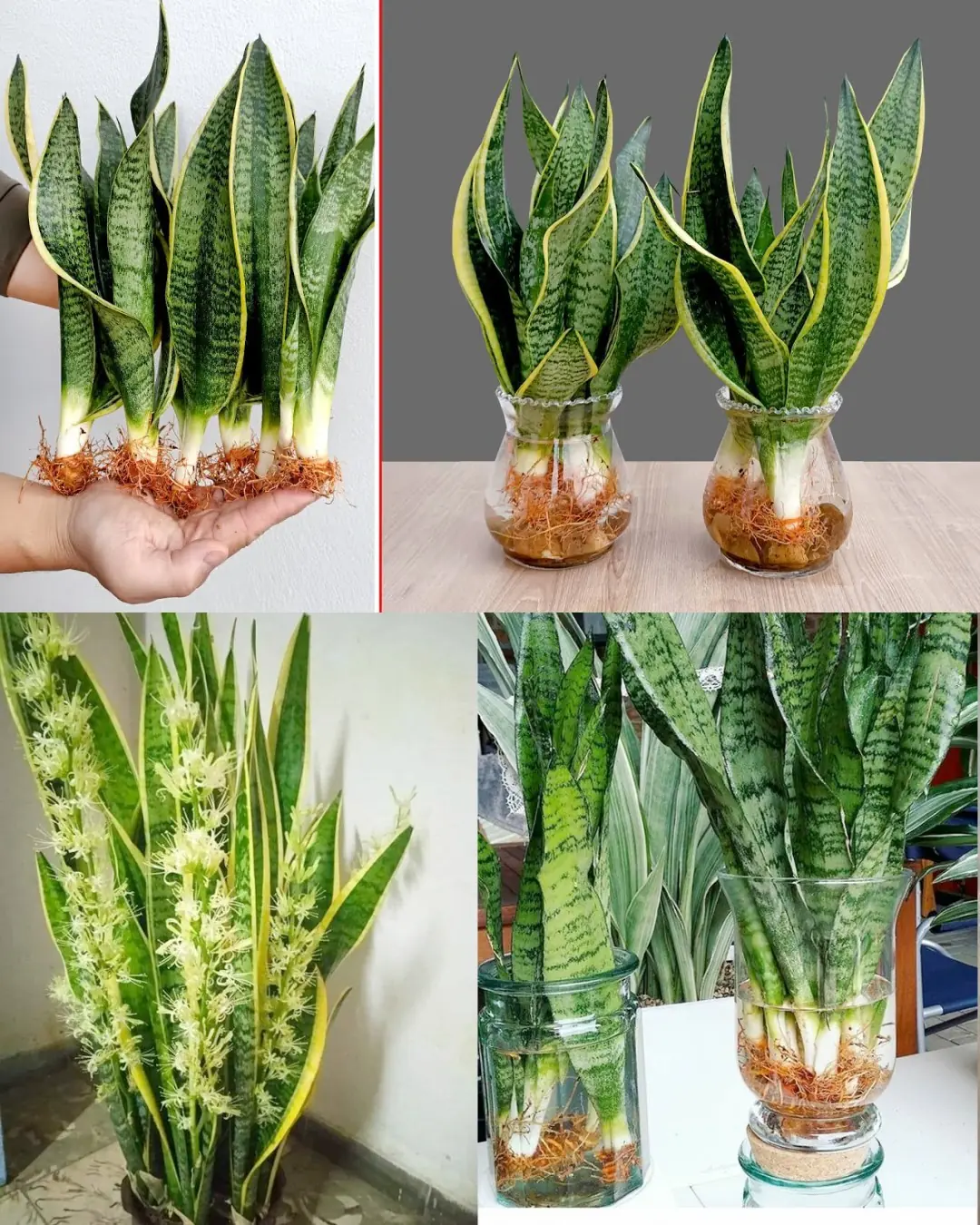
How to Multiply Your Sansevieria Quickly: From One Plant to a Thriving Collection
News Post

15 Years Can.cer-Free: Japanese Doctor Shares 5 Simple Habits to Keep Can.cer Cells from Returning

3 familiar household items that are harmful to health

6 eating habits that silently destroy your health
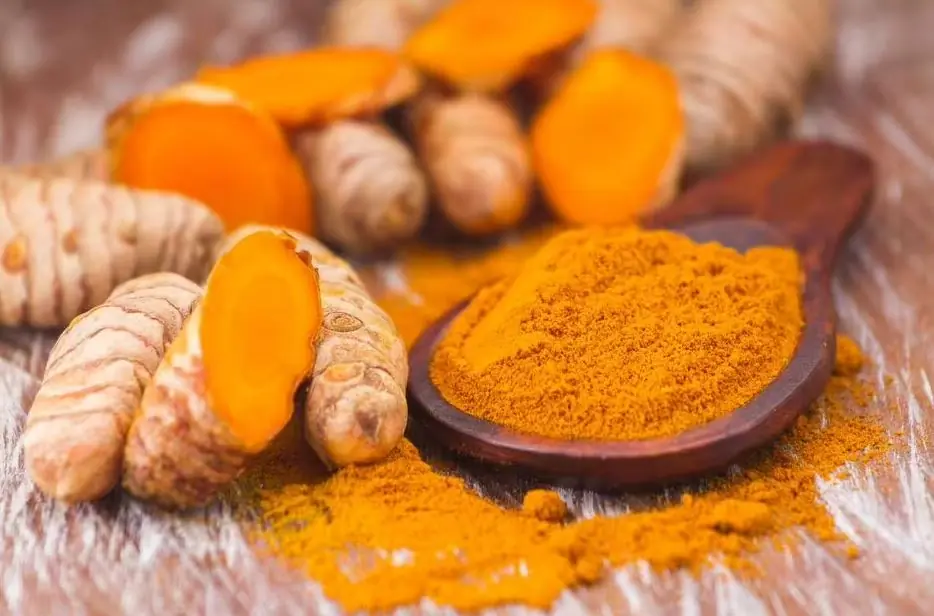
Diabetics are ‘very afraid’ of a spice that is abundant in the market: American experts say it is ‘as good as prescription drugs’

7 “Golden” Summer Vegetables: Fresh, Chemical-Free, and Worth Eating Every Day

Rub Ginger on the Soles of Your Feet Before Bed, and You’ll Experience Its “Miraculous” Health Benefits

When Installing an Air Conditioner, Avoid These 4 Spots to Protect Your Family’s Health

10 Tips for Growing a Big Pepper Harvest

How to Grow Kiwi in Containers at Home

What happens to your body if you drink orange juice every day?

Revitalizing Orchids Using Tea: A Comprehensive Guide with Handy Tips

4 effective ways to ensure your home is free of cockroaches

Are two-headed snakes real? Why does this phenomenon occur?

A cup of hot water can offer many health benefits
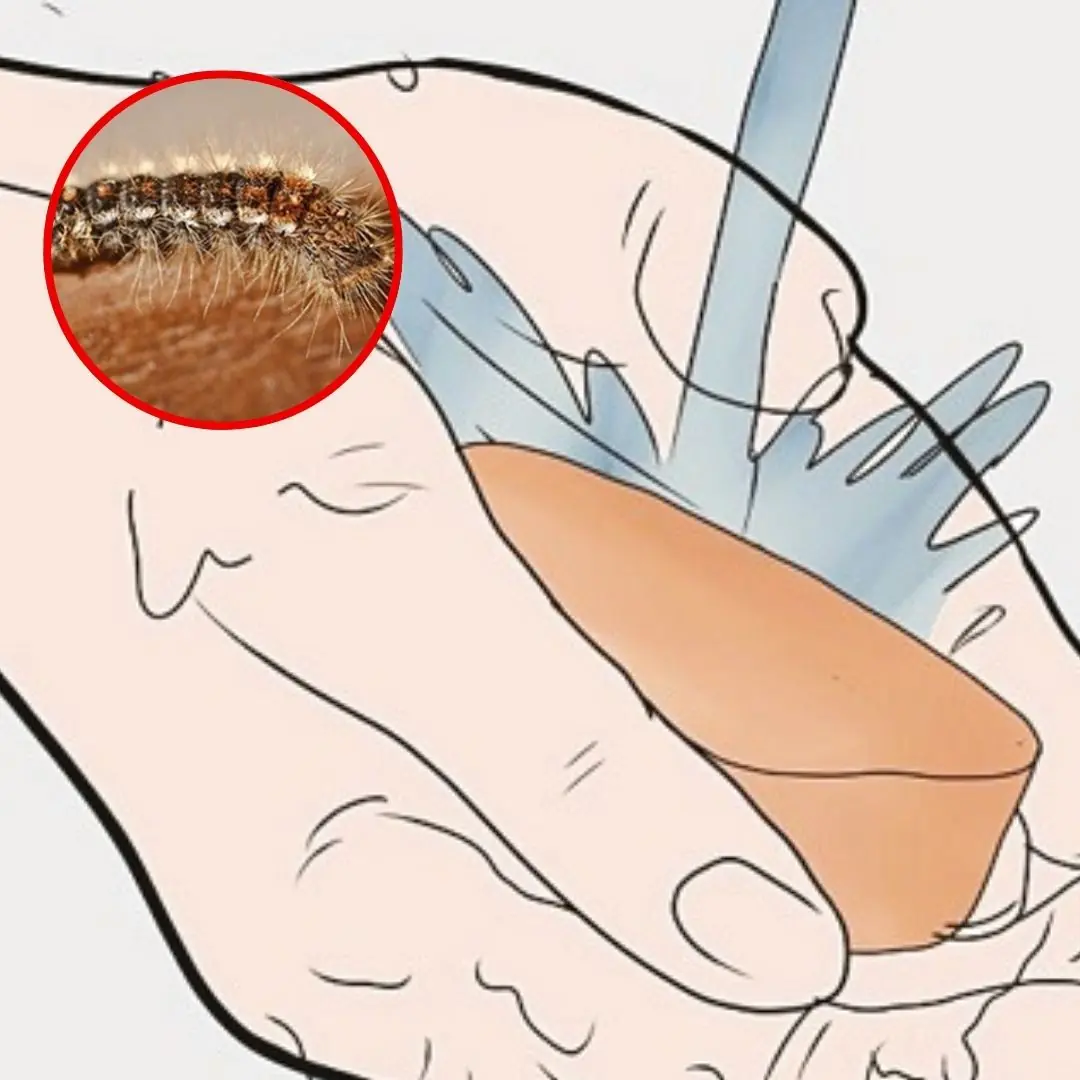
Caterpillar on you: 5 simple steps to treat at home

Otitis media – the “hidden culprit” causing vestibular disorders that many people ignore

Don't drink water before bed but still urinate at night, beware of these 3 diseases

How to Plant a Mango Seed and Successfully Grow

